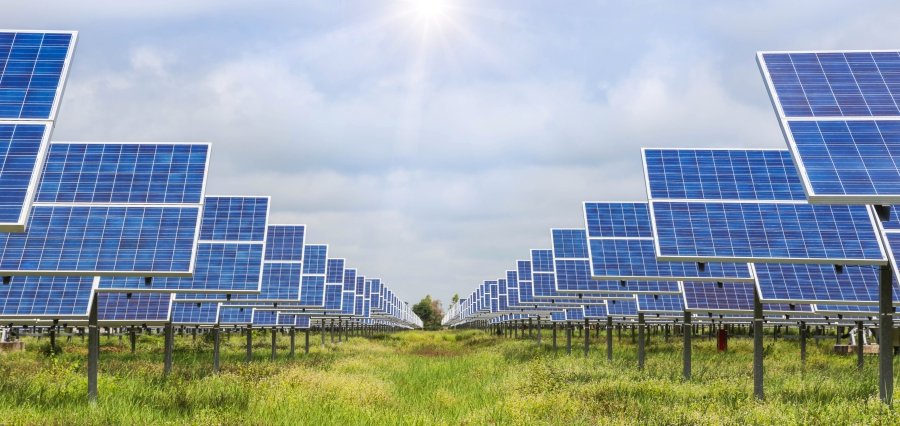Prime Highlights:
- Apple reached a milestone by lowering its global carbon emissions by more than 60% since 2015 towards its vision Apple 2030 and becoming carbon-neutral in its footprint.
- Apple’s long-term sustainability strategy relies on the use of renewable energy, increased use of recycled material, and cooperation with suppliers to enable sustainable operations.
Key Facts
- Apple retained 41 million metric tons of greenhouse gases from the atmosphere in 2024 with a range of initiatives.
- Apple also uses 99% recycled rare earth for every magnet and 99% recycled cobalt for all Apple battery-engineered batteries.
- Its network capped 17.8 gigawatts of clean energy with most lowering emissions considerably.
Key Background
Apple has set a gigantic environmental milestone far ahead of a 60% greenhouse gas emission decline worldwide by means of 2015 levels. It is a milestone towards reaching the company’s Apple 2030 plan to become carbon-neutral in all of its business reach, supply base, and lifecycle of its products.
In its most recent Environmental Progress Report, Apple outlined numerous steps that are making this achievement a reality. Apple has been actively in the process of shifting its supply base to renewable energy, and it has 17.8 gigawatts of renewable electricity up and running today. That’s resulted in 21.8 million metric tons of greenhouse gas emissions avoided.
Apple has also gone far in green product design. Apple used 99% recycled rare earth on every magnet and 99% recycled cobalt on every Apple-designed battery in 2024. Additionally, almost a quarter of the content carried within them was recycled, such as 80% of rare earth material, 99% of tungsten, 71% of aluminum, 53% of lithium, 40% of gold, and 76% of cobalt.
To reduce emissions from production processes, i.e., fluorinated greenhouse gases (F-GHGs) of display and semiconductor production, Apple has obtained commitments from all direct display manufacturers and 26 semiconductor manufacturers to reduce these emissions by at least 90%.
In addition to shifting operations, Apple is also making investments in nature-based solutions to zero out hard-to-abate residual emissions. Through its Restore Fund, it is making investments in projects on regenerative agriculture and sustainable forestry, such as the planting of olive and almond groves in Spain and Portugal, and farm in Australia from sugarcane to macadamias.
Apple’s model of integration with environmental sustainability motivates it to engage in the battle against climate change and ecological stewardship in all its operations and value chain.
Read Also : IBM Maintains Growth Despite DOGE Budget Reductions







